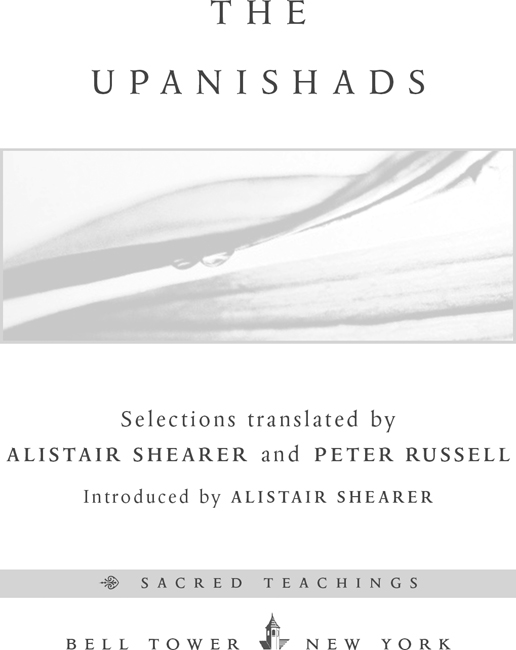O UR PRIMARY DEBT of thanks is to our teacher, Maharishi Mahesh Yogi, a living Upanishadic sage who has sown so many subtle seeds for the transformation of world consciousness. All that is of worth in this book is due to what we have understood of his teaching.
Heartfelt thanks are also due to Toinette Lippe, who has been responsible for so much good in the world of publishing. She had the farsightedness to republish this translation and worked so hard to make the project a reality.
FORWARD
O NE BRIGHT M AY MORNING at the end of the 1960s, a friend, Peter Russell, came round to my rooms in Cambridge to lend me a small book with a black-and-white cover. It was entitled The Science of Being and Art of Living and was written by Maharishi Mahesh Yogi, whose technique of Transcendental Meditation, or TM, was then all the rage. I tried to read the book but couldnt get into it. Nevertheless, something drew me to try the meditation itself. A couple of weeks later, in a room full of stillness and the scent of freesias, I learned the simple technique. Little did I realize then that I had taken the first step on a lifelong spiritual journey.
Some years later, Peter and I met up again. Our lives had developed in different ways. He had gone on from a degree in physics to take degrees in computer science and psychology and had published his first book; I had got married, received a postgraduate degree in Sanskrit, and was lecturing on Oriental art and architecture. But both of us had continued with TM, spent time with Maharishi, and become teachers of the technique, and both of us continued to be fascinated by the possibilities it offered to expand awareness and improve daily life. We decided to combine our different perspectives and work together on a new translation of key passages from the Upanishadsancient Sanskrit texts central to the spiritual tradition from which the TM technique comes. This book is the result.
Our aim was to make comprehensible to the modern reader what had previously been held to be almost impossibly recondite works of philosophy. Youthful presumption, perhaps, but we were inspired by the way in which Maharishis teachings had opened up the beginnings of the spiritual life to hundreds of thousands of ordinary, practical people immersed in ordinary, practical lives. And, ambitious though it was, our attempt could not have wholly obscured the profundity of the original. People loved the book. The first edition, illustrated with black-and-white images by the masterly photographer Richard Lannoy and designed in the house in Cornwall where D. H. Lawrence once lived, sold well enough to warrant a second.
And now, almost a quarter of a century later, comes this present edition, in smaller format with text standing alone. In some ways the world has changed enormously, but those social and spiritual concerns that so galvanized our sixties generation have not faded out of fashion along with the lurid floral shirts and crushed velvet trousers. In fact, their relevance becomes more pressing each year. Underpinning specific contemporary concernsterrorism, genetic engineering, the environment, globalizationaches a general realization that we have lost our way.
Each day it becomes clearer that the glib promises held out by scientific materialism and the free market will not suffice to heal the heart, order the mind, and restore in us that compassion and nobility of purpose which befits our species and our destiny.
And this is where the perennial wisdom of the Upanishads comes in. Now, more than ever, these ancient texts offer invaluable education in what is our true evolutionary prioritythe development of the unused cosmic potential that resides in each and every one of us. This latent spiritual intelligence is our human birthright, waiting to be uncovered. It is the one tool that is indispensable if we are to solve our manifold problems. The fruit of this intelligence is the realization that we are one Self. Unless we begin to live this reality, our future is bleak indeed.
A LISTAIR S HEARER
INTRODUCTION
Hail the voice of the Bard!
Who Present, Past and Future, sees;
Whose ears have heard
The Holy Word
That walked among the ancient trees
Introduction to Songs of Experience
by William Blake
I F YOU SEARCH for the Upanishads in a bookstore or on the Net, you will probably be directed to a section marked Indian philosophy. This unfortunate pigeonholing is doubly inaccurate, as, strictly speaking, the Upanishads are neither Indian nor philosophy. Their teachings are universal, no more Indian knowledge than E=mc2 is German-Jewish physics. Nor are they philosophy in the conventional sense of being the hard-thought conclusions of professional thinkers, who, despiteor perhaps because ofall their intellectual striving, rarely exemplify the dictionary definition of the philosopher as one who is wise, calm, and temperate.
Certainly, like any philosophers, the sages of the Upanishads were concerned with finding Truth, but they realized that as all experience is, and always must be, mediated through the mind, knowledge of the outside world can only go as far as the knower has knowledge of himself. Moreover, they considered our normal waking state of consciousness too limited and too unstable to comprehend any ultimate reality for as Truth is that which does not change, it demands an equally unchanging consciousness to appreciate it. So their interest was to transcend the ostensibly rational processes by which we normally try to make sense of the world and reach a state of pure Being, which, lying beyond all thinking and feeling, is the very basis of the mind. They called this state the Self and, as it is unchanging and impartial, considered it the only reliable basis for true understanding of both inner and outer reality. To live in this state of expanded awareness is to be enlightened, and thus the Upanishadic ideal agrees with the ancient Greek definition of true philosophy as


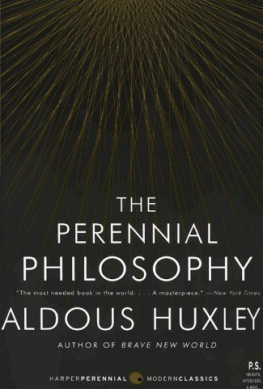
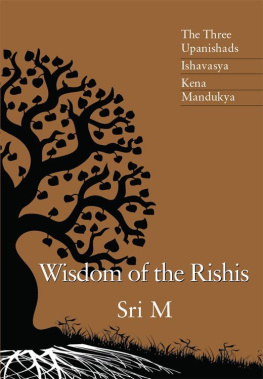
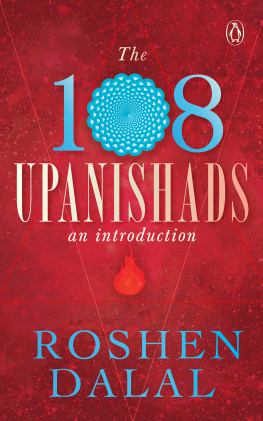

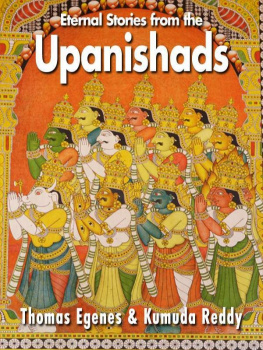

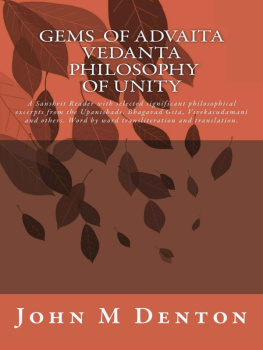
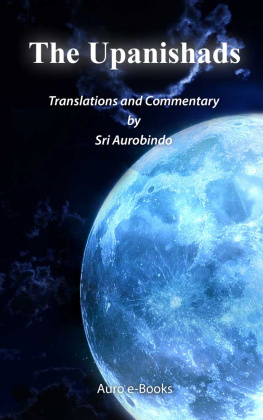
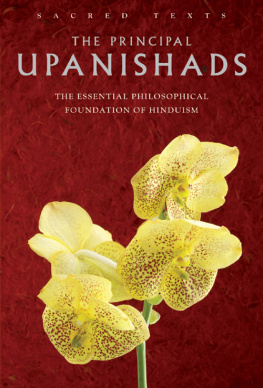
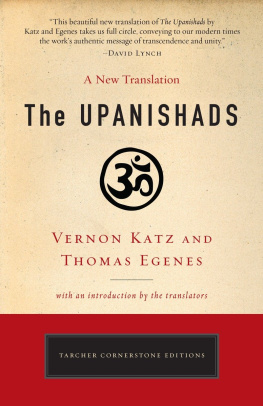
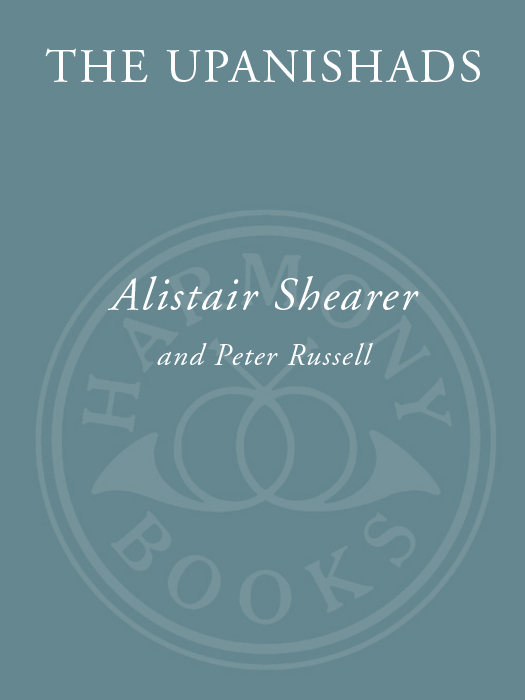
 SACRED TEACHINGS
SACRED TEACHINGS
